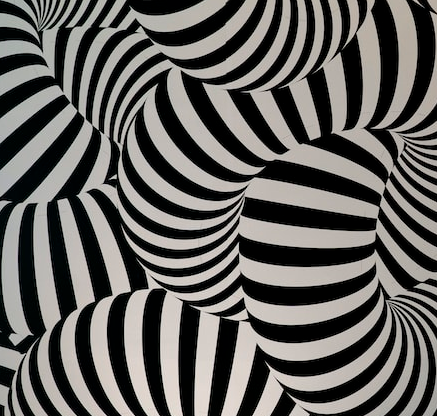- cross-posted to:
- [email protected]
- wallpapers
- cross-posted to:
- [email protected]
- wallpapers
cross-posted from: https://sh.itjust.works/post/1210989
Source: NASA
What is that large dark spot on Jupiter? It’s the shadow of Ganymede, Jupiter’s largest moon. When Jupiter’s moons cross between the Jovian giant and the Sun, they created shadows just like when the Earth’s moon crosses between the Earth and the Sun. Also like on Earth, if you were in a dark shadow on Jupiter, you would see a moon completely eclipse the Sun. Unlike on Earth, moon shadows occur most days on Jupiter – what’s more unusual is that a spacecraft was close enough to record one with a high-resolution image. That spacecraft, Juno, was passing so close to Jupiter in late February that nearby clouds and the dark eclipse shadow appear relatively large. Juno has made many discoveries about our Solar System’s largest planet, including, recently, rapidly expanding circular auroras.
is this a true colour image?
I would like to know too. I think NASA adds the colors based on chemical composition, but I could be wrong for Jupiter. I know they do it for rocky planets and moons.
so incredibly striking.
That’s so cool. Technology has come so far.
Would it have been a lot harder for humans to build accurate celestial models if we had as many moons as Jupiter that could sweep across the sky mid-day and cause total blackout? Just thinking of it from the planet-side observer’s perspective, it seems like it would be a lot less obvious what was actually occurring up in space.



